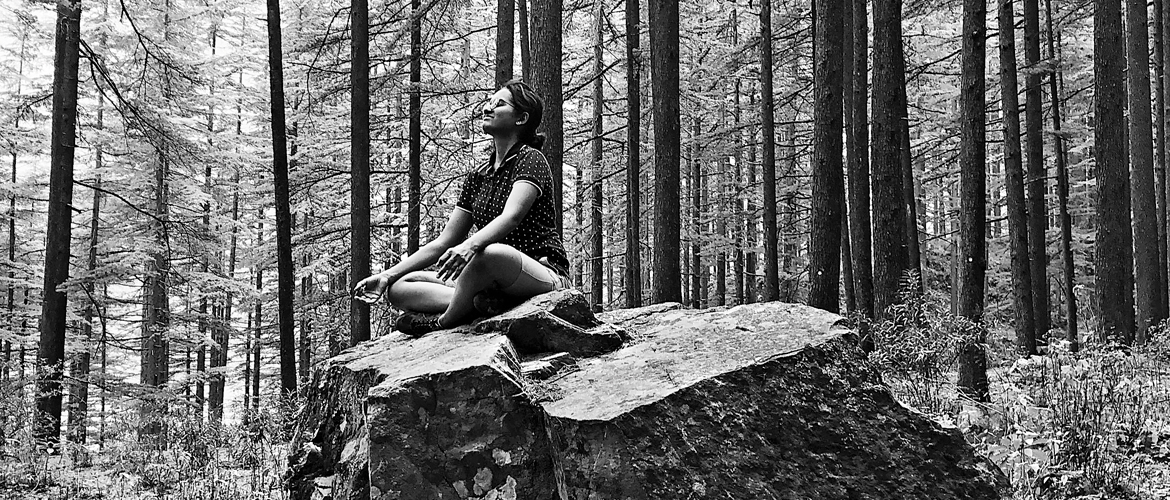The Himalayan ranges are home to several secluded communities, their isolation having given them a uniqueness in
Working with Been There Doon That on community homestays in the Uttarakhand region has been bittersweet. Our model is based on walking and slow tourism. The idea of homestays was born out of the idea of slow travel, and we started about two years ago when we began leading heritage walks to distant villages. We were struck by how different life and its daily routines were as compared to our own lives in urban sprawls.

Very often, communities succumb to the allure of unrestrained tourism, the ill effects of which we are all too familiar with. Our experience tells us that for homestays to be successful representations of a distinctive micro-culture, the community must desist from making any alterations to their vernacular homes. We have come across government and professional travel agencies often adding ‘comforts’ to these abodes, or attempting to make them more ‘hygienic’, thereby severely diluting the authenticity of experience for a visitor. This approach mutates, for example, into a trekking holiday where one pretends to embark on an adventure, but only after ensuring that the element of risk has been completely eliminated.

Thus, for the traveller seeking a memorable homestay experience, it is essential to approach a community as a learner, be willing to step out of one’s comfort zone, and experience an alternate lifestyle and worldview. We often challenge visitors to live with communities and imbibe their way of life, preparing them to resist the urban temptations of packaged food, bottled water or hot showers. After all, what is the point of a holiday if it is experienced at the same pace as your regular life? Sensitive travellers hoping to gain a new experience in a homestay will even give deep thought to the gifts they carry for village children.
While it is a challenge for communities to pick and choose sensitive and sensitised visitors, it is incumbent upon the traveller to respect local custom. On a slow travel vernacular homestay tour, travellers must surrender their ego and prepare to be one with the elements. It is a lesson in how one can live so much more with so little in terms of worldly possessions. On the more mundane side, one returns with knowledge of trees and herbs, birding and entomology, and maybe a Pahadi recipe or two. Or one learns to meditate on a rock under the deodars (the tree that is ambrosia for the gods) or bask in the sun while watching insects frolic in the grass.

When we work with communities, we look for sites situated off the highways and those that can be approached through short walking tracks. Local architecture and a strong will within the community to develop slow and ecologically sustainable tourism are essentials. These villages are usually base camps for treks and hikes, and we train local youths to be walk leaders. For our Garhwal homestays at Bhangeli and Devalsari, we have, besides heritage walks, moth, bird, fern and butterfly trails. Interpreting and working these walks makes locals appreciative protectors of their own natural wealth.

Visitors also actively engage in community work, like weeding fields and grazing sheep. If the community homestay is a base camp, such as Bhangeli leading to the pristine Gidara Bugyal, the biggest alpine pasture in Asia, or Devalsari to Nag Tibba Peak, we discourage camping, ensuring that travellers stay in chanis—small village homes in fields—or huts of the transhumant Gujars. We ask tourists to sample the local cuisine and participate in village rituals. Once you experience that languid pace of community life and the complete absence of individualism, you return home a different person. That, according to me, lies at the core of a successful homestay.
Unfortunately, most homestays have begun to take the ‘guest is god’ adage too literally and pander to all sorts of unreasonable requests. One cannot sustain village-based tourism if we alter community life so radically that it loses the vitality that urban souls seek.
The Information
Been There Doon That’s homestays cost ₹5,000 per person per day, inclusive of food, stay and activities. See beentheredoonthat.org or call +91-9634564434
homestays
Been There Doon That
community homestays


